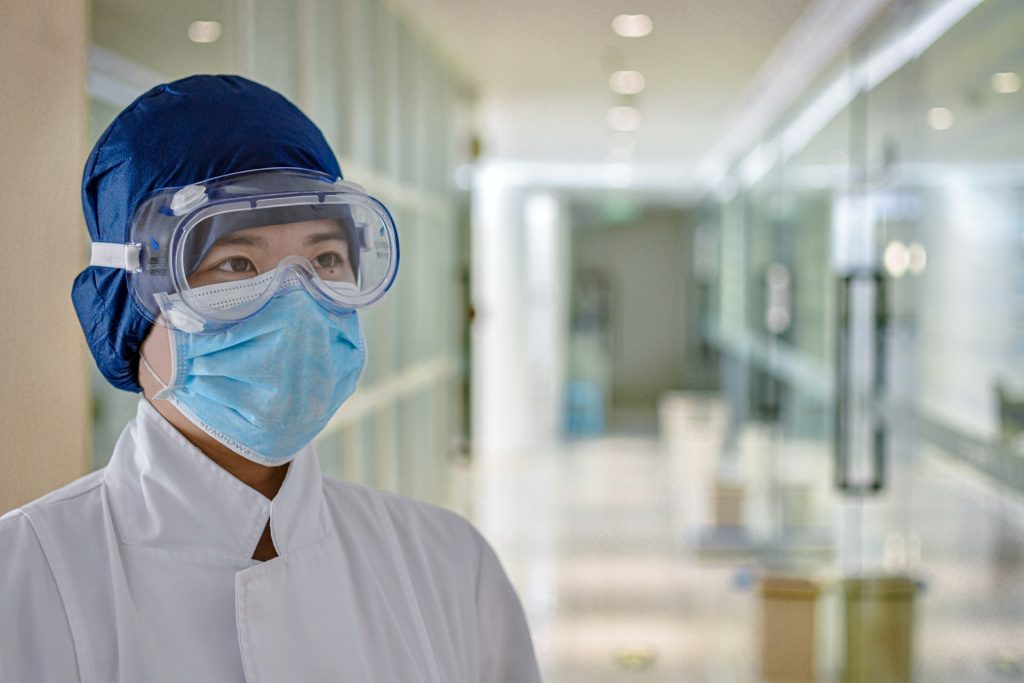A new study published in the journal Physics of Fluids on Tuesday claims to have found the optimal homemade mask design.
The study was done researchers at Florida University. They experimented with different materials and styles of non-medical masks and found that a well-fitted stitched mask made from two layers of quilting fabric was the most effective in stopping the spread of droplets from emulated coughs and sneezes.
Researchers compared four makeshift face-mask styles, which they considered accessible options for most: a bandanna tied over the nose and mouth; a loosely folded handkerchief; a cone-style commercial mask; and a fitted, sewn mask made of two layers of quilting fabric.
“While there are a few prior studies on the effectiveness of medical-grade equipment, we don’t have a lot of information about the cloth-based coverings that are most accessible to us at present,” said study author Siddhartha Verma, assistant professor at Florida Atlantic University in a statement.
The researchers said they chose to test these styles of face covering because they are readily available to the general public and do not draw away from the supply of medical-grade masks and respirators for health care workers.
In the experiment, a mannequin’s head was padded inside to emulate a person’s nasal passages and mounted at a height of 5′ 8″ to approximate the height of an adult male. The researchers “delivered” the sneeze or cough using a manual pump and a smoke generator.
They then used a laser to detect droplets as they were coughed and sneezed out of the mannequin’s head and mapped the paths of droplets and examined how different designs and materials alter that path.
The main challenge for the researchers was how to faithfully simulate a cough and sneeze.
“The setup we have used (is) a simplified cough, which, in reality, is complex and dynamic,” Verma said in a statement.
YOU MAY LIKE TO READ: Republicans, With Exception Of Trump, Now Push Mask-Wearing
They found that droplets from a simulated uncovered cough were able to travel more than 8 feet; with a bandana they traveled 3 feet, with a folded cotton handkerchief, they traveled 1 foot, 3 inches; and with the cone-style mask, droplets traveled about 8 inches. With the stitched-quilting fabric mask, they traveled 2.5 inches.
“We found that although the unobstructed turbulent jets were observed to travel up to 12 feet, a large majority of the ejected droplets fell to the ground by this point,” said Manhar Dhanak, a professor at Florida Atlantic University’s department of ocean and mechanical engineering and co-author of the study.
YOU MAY LIKE TO READ: Read This If You Are Working Out With Face Masks
“Importantly, both the number and concentration of the droplets will decrease with increasing distance, which is the fundamental rationale behind social-distancing.”

